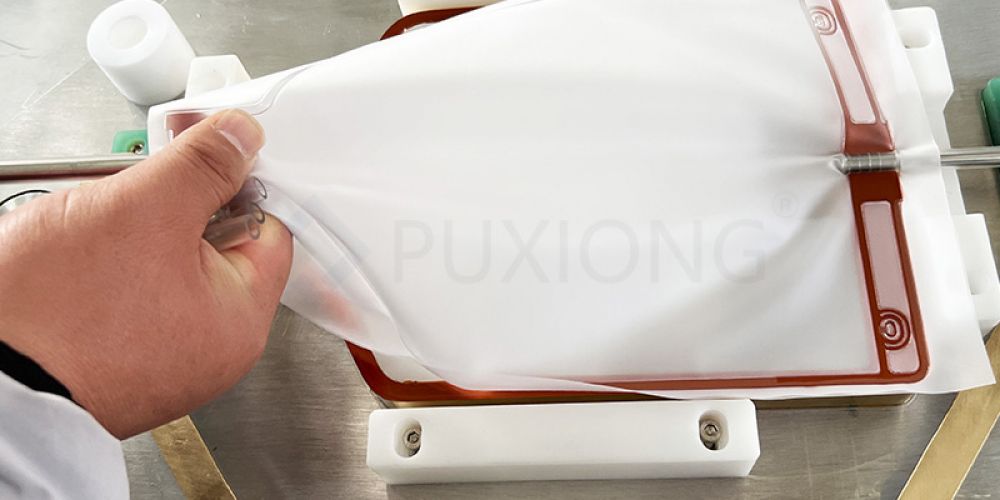
The "lightweight design" of blood bags can reduce transportation energy consumption and carbon emissions by optimizing materials, structures and packaging methods. The specific measures are as follows:
1. Lightweight materials
Select low-density materials: Use lightweight, high-strength packaging materials (such as low-density plastics or composite materials) to reduce weight and energy consumption during transportation while ensuring the mechanical properties of blood bags.
Reduce material usage: Reduce material thickness or density by improving material formula or process, while ensuring the strength and safety of blood bags, thereby reducing transportation weight.
.jpg)
2. Structural optimization
Reduce the number of packaging layers: simplify the packaging structure of blood bags to avoid material waste and weight increase caused by multi-layer packaging.
Optimize shape design: design a more compact blood bag shape to reduce space occupation and improve transportation efficiency. For example, adopt a flat design or foldable structure to reduce the volume during transportation.
3. Improve packaging method
Adopt modular packaging: package blood bags according to standard sizes to facilitate stacking and transportation, increase the loading rate of transportation tools, reduce the empty rate, and thus reduce energy consumption.
Containerized transportation: adopt containerized transportation methods such as pallets and containers to transport multiple blood bags in a centralized manner, reduce the weight and volume of a single package, and improve transportation efficiency.
4. Optimize the transportation process
Rationally plan transportation routes: By optimizing transportation routes, reduce transportation distance and time, and reduce energy consumption and carbon emissions.
Adopt low-carbon transportation methods: give priority to low-carbon transportation methods such as railways and water transportation, reduce the proportion of road transportation, and reduce carbon emissions.
5. Recycling and recovery
Promote reusable packaging: Design reusable blood bag packaging to reduce the use of disposable packaging, reduce material consumption and waste generation.
Recycle waste packaging: Recycle waste blood bag packaging to reduce resource waste and carbon emissions.